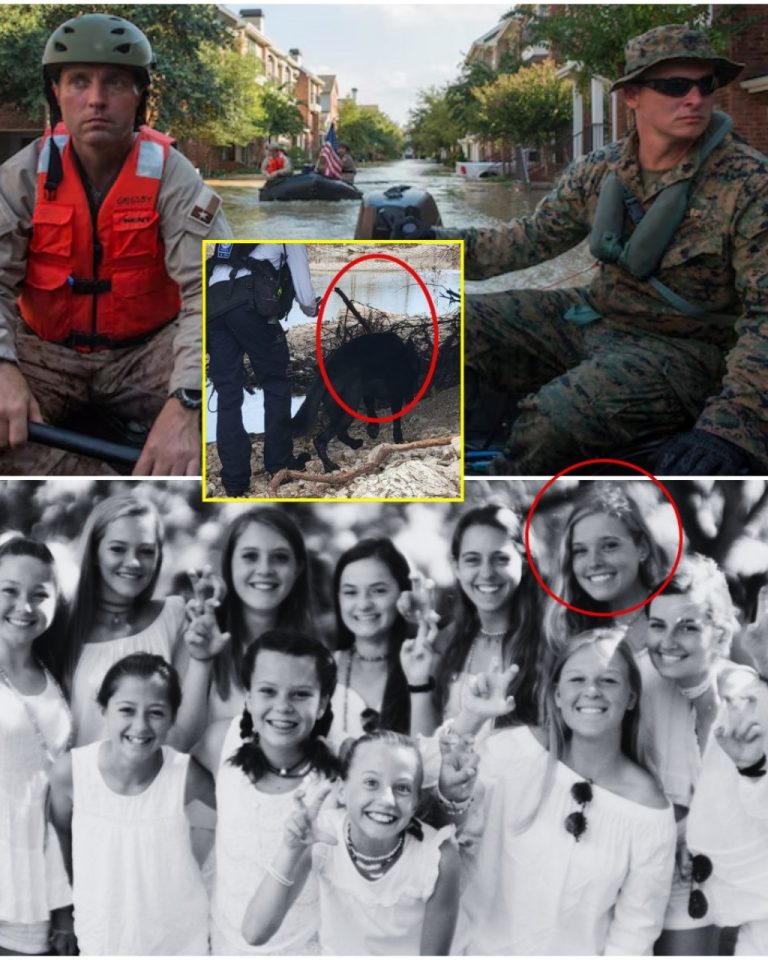If You See a Painted Purple Fence, This Is What It Means
In numerous U.S. states, a purple painted fence is more than just a colorful boundary—it carries legal significance. Under what is commonly called the “Purple Paint Law,” property owners can use purple marks on trees, posts, or fences to indicate private land.
This system serves as a durable alternative to traditional “No Trespassing” signs, which can fade, be removed, or become damaged over time. The vivid purple hue was selected for its high visibility, standing out clearly against natural backdrops like forests and fields.
Unlike red or orange, which are often used for other types of warnings, purple is rarely found in nature. This reduces confusion and ensures the message is distinct and unambiguous.
These purple markings hold the same legal weight as printed signs. Entering property marked in this way can result in penalties including fines or even arrest.
The law typically specifies standards for application—such as the height and size of the marks—to guarantee clarity and consistency. This helps anyone outdoors recognize the boundary at a glance.
For landowners, it offers a low-maintenance, cost-effective way to protect their land, livestock, and privacy. For hikers, hunters, or outdoor enthusiasts, it acts as a clear signal to stay out and respect ownership.
Ultimately, a purple fence is both a practical warning and a symbolic reminder to honor others’ property. It promotes safe, lawful, and respectful exploration of the great outdoors.






